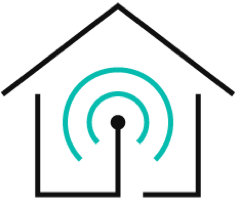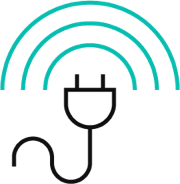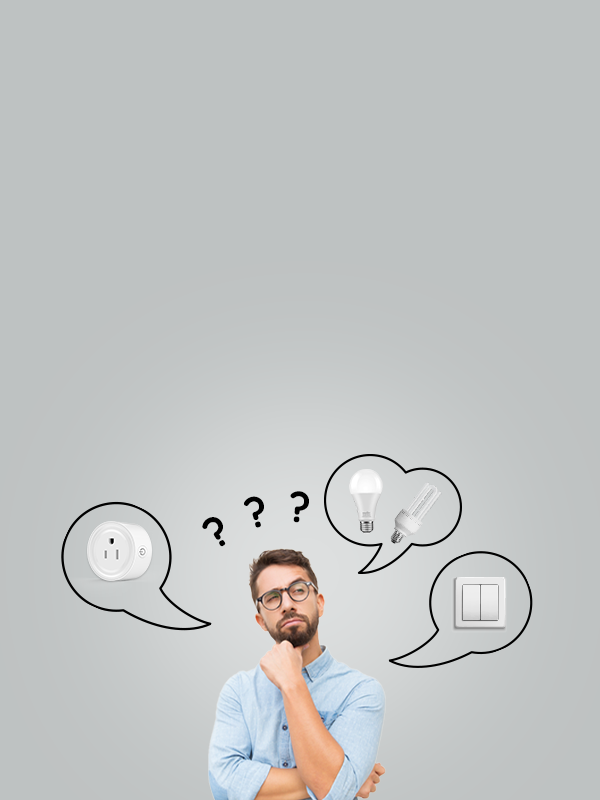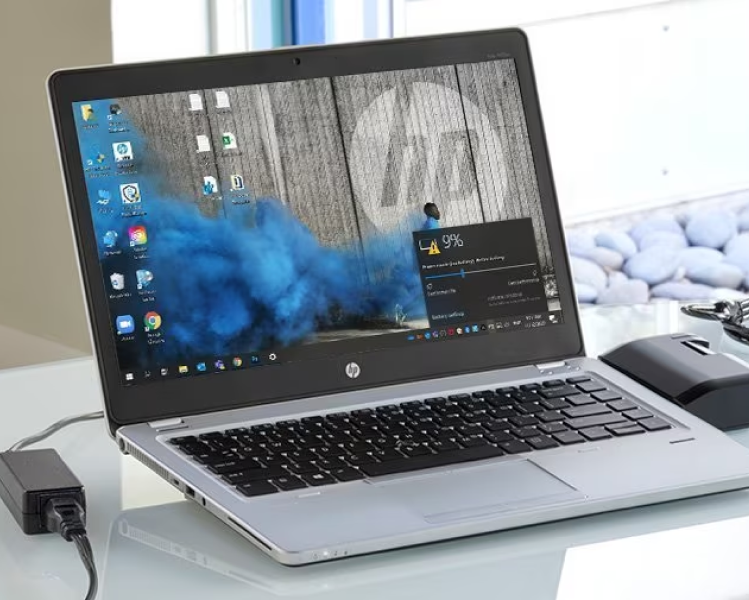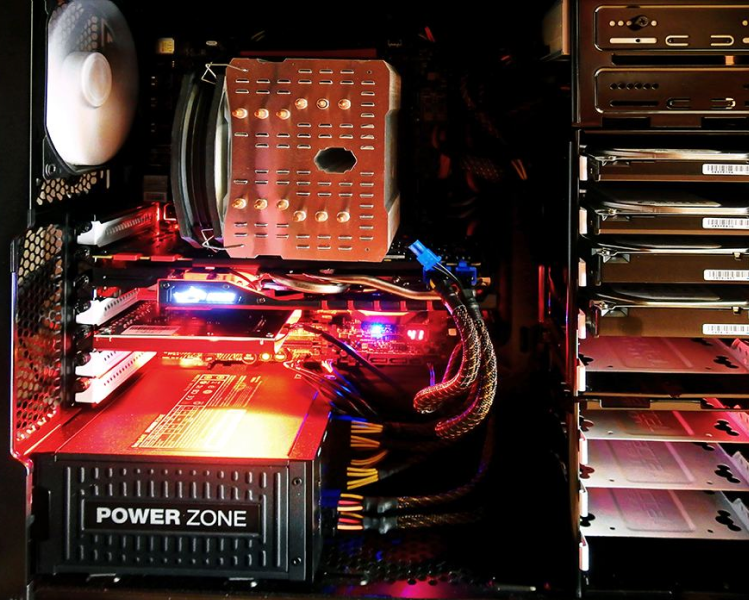You are ready to automate your lights, but not sure which smart devices to buy. Reading online, people are recommending all kinds of bulbs and smart switches. Webshops are selling hundreds of variations of smart home devices and local retailers are offering something you haven't even heard of before. So, what to do? Should you use a smart switch, bulb, or plug?
Before you make a decision here are some things you should know. First and foremost, it is important to follow your own needs and preferences. Before you listen to recommendations from friends or read online reviews, think deeply about your own house and your own preferences regarding automating it.
Some questions you should start with
- How many lights do you have in your house now?
- Which types of bulbs & lamps do you have now?
- How many of them do you wish to automate?
- Should you start with a couple of them?
- Do you plan to use other smart devices in the future?
- Do you want all your smart devices to be able to work with just 1 app?
- How many and which types of switches do you have now?
When you have it more or less clear, you can start automating your home by buying either smart bulbs, smart plugs, or smart switches. So, what's the difference and which one should you choose?
Smart light bulb
Smart bulbs, for instance, not only let you remotely control the lights or put them on a schedule but they often also let you change the color of the light and dim them brighter or darker. They are really easy to set up and fun to play with. However, the main downside is overall cost, especially if you have lamps with many bulbs (such as a designer lamp with 5-6 smaller bulbs). It would be more costly to replace all light bulbs compared to just getting one smart switch to automate all these regular lights at once. Also, if you have some special light fixtures with maybe built-in LED lights, it would not be possible to replace all the lights with available smart bulbs, a smart switch would be the only option to make your special lights smart.
>> Best WiFi Smart Light Bulbs for 2023
Smart plug
Smart plugs keep things simple while letting you turn an existing lamp with a regular light bulb into one you can turn off and on from anywhere. They sometimes let you track energy consumption, as well. Like bulbs, this option is very easy to set up. Just connect a smart plug to electricity, connect a lamp to it and add it to your smart home app. It is perfect for a desk or floor lamp. However, for the ceiling lamp, you should use a smart switch or smart bulb.
Evvr Smart Energy Monitor Plug and Relay, which are HomeKit compatible, can operate "dumb" devices, connect both older and newer home gadgets, and give outdated appliances new and smart life. With Apple HomeKit, you can automate and control your appliances from anywhere at any time, use Siri voice commands as well. The Evvr App allows you to monitor power usage in real-time to save energy and money.
This home energy monitor can be used with 2-core and 3-core cable for home appliances and can carry currents up to 16 amps, allowing even older home appliances to be integrated into your HomeKit smart home. You may even have an appliance-specific home energy monitor with exciting application possibilities.

Smart light switch
A smart light switch, on the other hand, is the modest midpoint between the other two and the most natural to use. You can still control the lights from the wall switch like you always have, but you will get some added benefits such as remote control, schedules, and routines. A smart switch also works with existing light fixtures that may not accommodate a smart bulb. The downside of a smart switch is it's a more complicated installment, as you would possibly need an electrician/installer to help you a bit. However, once this is one-time work and once installed, the switch should last for a long time and help you automate any kind of lightbulbs you would buy in the future. If you wish to make your existing switches smart, you could consider an in-wall relay switch (like Evvr smart relay switch_Zigbee&Z-Wave and Evvr Smart Relay Switch HomeKit version), which can be installed behind your common switches.
In conclusion, the most important is to follow the needs of your own special house and your own lighting requirements. Think about the questions above, and you will find out which solution would work best for you. And the best part is you don't have to choose just one. You can mix and match different options throughout your entire home, use some smart switches for bigger lights and more important lights, some light bulbs with colors for fun, or and maybe even some plugs for smaller desk lamps. For more useful tips, take a look at previous articles: "Buyer’s Guide to Lighting Automation", "5 Things to Know Before You Buy Your First Smart Lights" and "The practicality of smart lighting".

